#bacteriophages
Text
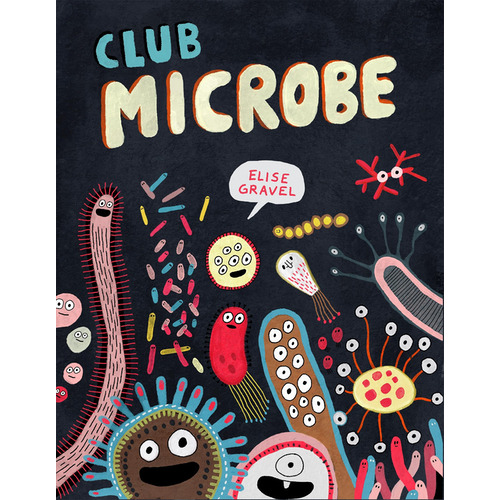


Club Microbe by Elise Gravel. Drawn & Quarterly, 2024. 9781770467026. 56pp. https://www.powells.com/book/-9781770467026?partnerid=34778&p_bt
Every book of Gravel's feels like a party, and this one celebrates microbes by showcasing facts about them and how fun they are to draw. My favorite illustration is the one about useful germs that live in our intestines, which features a toothy grin and a fart. I loved Gravel's enthusiasm for bacteriophages, prochlorococcus ("We're superheroes!"), hand washing, and cool Latin names. The book swept me along and made me want to draw.
If you've never heard Gravel's name, you may recognize her art from the USPS's Message Monsters postage stamps. https://www.painted-words.com/2020/11/elise-gravels-message-monsters-are-among-the-u-s-postal-services-new-stamps-for-2021/
And if her drawings in this book leave you wanting more, check out The Mushroom Fan Club, If Found… Please Return to Elise Gravel (her sketchbook), and my favorite of her books, The Great Antonio.
#bookreview#graphicnovel#graphicnovelreview#kidsgraphicnovel#microbes#bacteria#bacteriophages#drawing
26 notes
·
View notes
Text
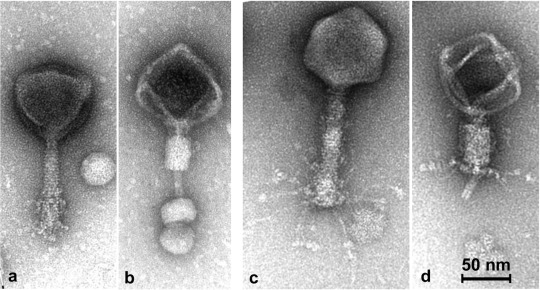
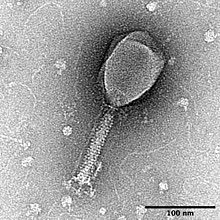

let's fuck this thing
11 notes
·
View notes
Text
Bacteriophages are viruses that infect and kill bacteria by injecting their genetic material into them. When the bacteriophage DNA or RNA takes over the bacterial cell, it produces more bacteriophages and causes the cell to burst open, releasing the new viruses. This is called lysis.
4 notes
·
View notes
Photo


haven’t drawn the fursony in awhile so I decided to fix that. been listening to a lot of talking heads lately!
also wanted to draw some of my terrible fashion sense so I added some random doodles with what the hell ever I’ve been up to lately
#fursona#weasel#digital art#doodle#talking heads#speaking in tongues#fashion#if you can call it that. heyo!#cadet#ignore my hilariously squat computer i put 0 effort into making anything look right#bacteriophages#my art
37 notes
·
View notes
Photo

Alfred Hershey was born on December 4, 1908. An American Nobel Prize–winning bacteriologist and geneticist, he began performing experiments with bacteriophages with Italian-American Salvador Luria, German Max Delbrück, and observed that when two different strains of bacteriophage have infected the same bacteria, the two viruses may exchange genetic information. He and Martha Chase performed the famous Hershey–Chase experiment in 1952, which provided additional evidence that DNA, not protein, was the genetic material of life.
#alfred hershey#genetics#biology#bacteria#bacteriophages#dna#viruses#nobel prize#nobel prize winners#science#science history#science birhdays#on this day#on this day in science history
3 notes
·
View notes
Text
exciting stuff, but it's about phages using the quorum sensing of bacteria, so not at all about how "to infect us" - unless the writer identifies as a bacterium.
0 notes
Text

Revival of a Wonder Drug: The Remarkable Comeback of an 80-Year-Old Antibiotic Against Resistant Bacteria. The discovery of antibiotics in the early 20th century revolutionized medicine and helped save countless lives.
0 notes
Text
April 2023 in Review
I made several posts with numbers on crime, suicide, and poverty. The U.S. is a violent, unequal country. I’ve talked about these issues a lot, so far without any noticeable effect on our political class. So I’ve picked some other things below.
Most frightening and/or depressing story: Chemicals, they’re everywhere! And there were 20,000 accidents with them in 2022 that caused injuries,…
View On WordPress
0 notes
Text
#bacteriophage#bacteriophages#bacteriophage structure#lytic cycle of bacteriophage#bakteriophage#life cycle of bacteriophage#life cycle of bacteriophage virus#bacteriophage head#bacteriophage neck#bacteriophage cycle#bacterophage
0 notes
Text
currently thinking about bacteriophages
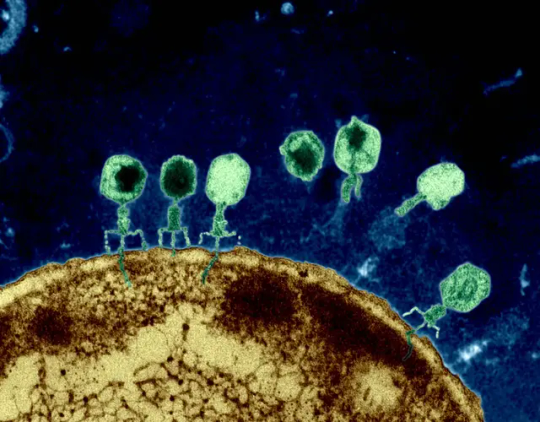
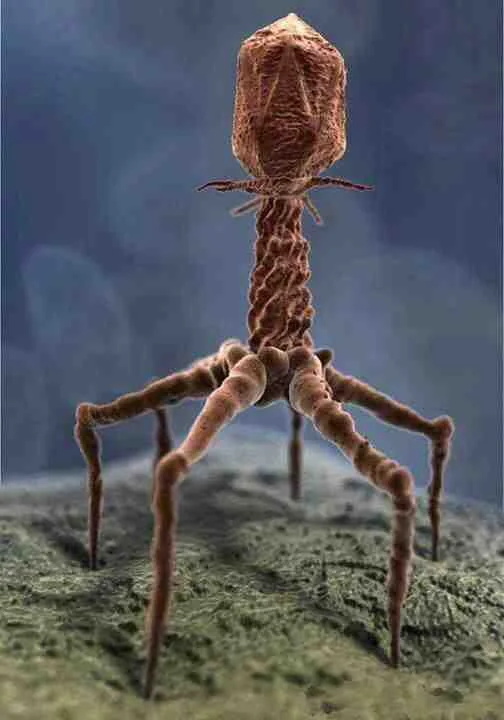


(yes those are all real photos of them)
WHY DO THEY LOOK LIKE THAT



little alien robot guys that inject their dna into bacteria in order to hijack their replication systems to generate more phages until the bacteria fucking Explode and release them everywhere
theyre also highly specialized and efficient at doing their job, and if you had a lethal bacterial infection, scientists are working on a cure by injecting you with bacteriophages (sounds like a bad idea but trust me it works) who only target the harmful bacteria!
silly lil friends :)

150 notes
·
View notes
Text

118 notes
·
View notes
Text
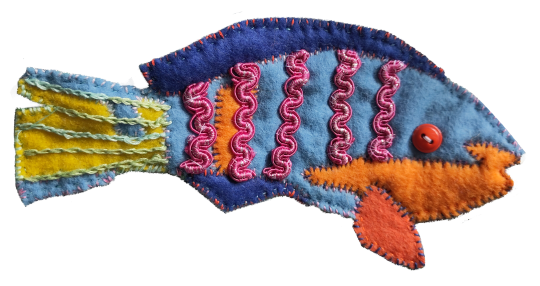




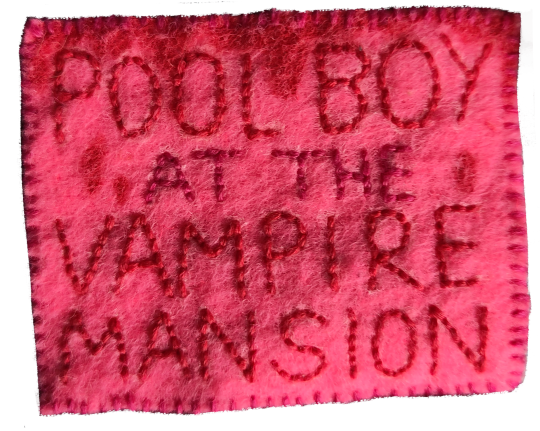
my collection of handmade felt patches so far :)
#patches#patch#battle jacket#felt#embroidery#parrotfish#biology#bacteriophage#half life#mcr#my chemical romance#craft#skeleton#punk
471 notes
·
View notes
Text

finished design commission! hows the weather?
456 notes
·
View notes
Text

hola, manzanas, new tubbo design dropped
#ram hybrid this. bee hybrid that. BACTERIOPHAGE HYBRID have you considered that#cursed lore but I’ll take any opportunity to give a character weird eyes#qsmp#qsmp fanart#mcyt#mcyt fanart#mcytblr#tubbo#tubbo fanart#q!tubbo#majickthart
377 notes
·
View notes
Text
A Virus That Kills Sleepers - Technology Org
New Post has been published on https://thedigitalinsider.com/a-virus-that-kills-sleepers-technology-org/
A Virus That Kills Sleepers - Technology Org
ETH Zurich researchers have found a virus that kills dormant bacteria. This rare discovery could help to combat germs that can’t be treated with antibiotics alone.
The paride phage (purple) is one of the few phages to attack dormant bacteria. Image credit: Fabienne Estermann & Enea Maffei / ETH Zurich
In nature, most bacteria live on the bare minimum. If they experience nutrient deficiency or stress, they shut down their metabolism in a controlled manner and go into a resting state. In this stand-by mode, certain metabolic processes still take place that enable the microbes to perceive their environment and react to stimuli, but growth and division are suspended.
This also protects bacteria from, say, antibiotics or from viruses that prey exclusively on bacteria. Such bacteria-infecting viruses, known as phages, are considered a possible alternative to antibiotics that are no longer (sufficiently) effective due to drug resistance. Until now, expert consensus held that phages successfully infect bacteria only when the latter are growing.
Researchers at ETH Zurich asked themselves whether evolution might have produced bacteriophages that specialise in dormant bacteria and could be used to target them. They began their search in 2018. Now, in a new publication in the journal Nature Communications, they show that such phages, though rare, do indeed exist.
Phage catcher in action: The researcher takes a water sample from which he will isolate bacteriophages in the laboratory. Image credit: Enea Maffei / ETH Zurich
A lucky strike in a compost heap
When ETH Professor Alexander Harms and his team at the Biozentrum of the University of Basel began their project in 2018, they assumed that within the first year, they would be able to isolate around 20 different phages that attack dormant bacteria.
But this wasn’t the case: it wasn’t until 2019 that Harms’ doctoral student Enea Maffei isolated a new, previously unknown virus. Found in rotting plant material from a cemetery near Riehen (Canton of Basel-Stadt), this virus can infect and destroy dormant bacteria.
“This is the first phage described in the literature that has been shown to attack bacteria in a dormant state,” Maffei says. Harms adds: “In view of the huge number of bacteriophages, however, I was always convinced that evolution must have produced some that can crack into dormant bacteria.” They have named their new phage Paride.
Active against widespread bacteria
The virus the researchers found infects Pseudomonas aeruginosa, a bacterium commonly found in many environments. Various strains colonise bodies of water, plants, the soil – and people. In the human body, certain strains can cause serious respiratory diseases such as pneumonia, which can be fatal.
How the new phage takes dormant P. aeruginosa germs by surprise, however, is not yet clear to the researchers. They suspect that the virus uses a specific molecular key to awaken the bacteria, and then hijacks the cell’s multiplication machinery for its own reproduction. However, the ETH researchers have not yet been able to clarify exactly how this works.
They thus aim to elucidate the genes or molecules that underlie this awakening mechanism. Based on this, they could develop substances in a test tube that take over the wake-up process. Such a substance could then be combined with a suitable antibiotic that completely eliminates the bacteria. “But we’re just at the beginning. The one thing we know for sure is that we know almost nothing,” Harms says.
Initial tests show an effect
To test the efficacy of the Paride phage, the researchers paired it with an antibiotic called meropenem. This disrupts cell wall synthesis and so it interferes only with cellular processes that don’t damage the phages. The antibiotic has no effect on dormant bacteria, as these don’t synthesise a new cell wall.
When tested in cell culture dishes, the virus was able to kill 99 percent of all dormant bacteria but left 1 percent alive. Only the combination of Paride phages and meropenem was able to eradicate the bacterial culture completely, even though the latter had no detectable effect on its own.
In a further experiment together with Nina Khanna, a doctor at Basel University Hospital, Maffei tested this combination on mice with a chronic infection. Neither the phage nor the antibiotic alone worked particularly well in the mice, but the interaction between phages and antibiotics proved to be very effective in living organisms as well. “This shows that our discovery is not just a laboratory artefact, but could also be clinically relevant,” Maffei says.
A glimmer of hope – but never more than that?
Experts have been intensively discussing phage therapy for many years. Researchers and physicians hope that one day they can use phages to replace ineffective antibiotics. However, broad applications are still lacking, as no comprehensive studies have been conducted. “What we have at present is mostly individual case studies,” Harms says.
Studies by researchers at the Queen Astrid Military Hospital in Brussels showed that the treatment improved the condition of three-quarters of patients and that it was able to eliminate the bacteria in 61 percent. However, this also means that in four out of ten patients, the germs could not be removed with phage therapy, even though the bacteria in question were phage-sensitive in the lab.
“This may be because many bacteria in the body are in a dormant state, especially in the case of chronic infections, and so phages can’t penetrate them,” Harms says. Dormant bacteria could also play an important role in infections with non-resistant strains.
“In the case of infections, that means it would be important to know the physiological state of the bacteria in question. Then the right phages, combined with antibiotics, could be used in a targeted manner. However, you need to know exactly how a phage attacks a bacterium before you can select the right phages for a particular treatment. This hasn’t happened yet because we still know too little about the phages,” Harms explains.
That’s why in the years ahead, the researchers will investigate precisely how the new phage brings bacteria out of deep sleep, infects them and makes them susceptible to antibiotics. This work is funded by an SNSF Starting Grant to Alexander Harms and by NCCR AntiResist.
Source: ETH Zurich
You can offer your link to a page which is relevant to the topic of this post.
#amp#antibiotic#Antibiotics#applications#Bacteria#bacteriophages#Biotechnology news#cell#communications#comprehensive#deep sleep#Diseases#drug#drug resistance#Environment#ETH Zurich#Evolution#Featured life sciences news#genes#germs#growth#Heap#how#human#indeed#infection#infections#interaction#it#Link
0 notes